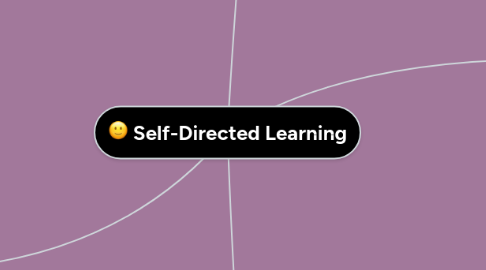Self-Directed Learning
by Halli Florence

1. Parent Engagement
1.1. Everyone engaged allowing schools to be rich and positive places to grow, learn and teach
1.2. Inclusive school with parents involved; reach out to those with challenges through the curriculum
1.3. Improving attitudes for future success of students and building positive relationships! Ken Leithwood calls ‘co-producing learning’ (Webcasts for Educators, 2012)
1.4. Learn language of school to assist and develop learning, love of learning and growth mindset
1.5. Lead with ears
1.6. Learn more about what child needs
1.7. Empathy to action
1.8. News spoken about in classrooms
1.9. Class blog
1.10. Celebrate success (making relationship investments)
1.11. Open, reflective and empathetic listening is essential and how we converse, our positionality and how we choose to do things – being conscious
1.12. Ask parents to use inquiry at home
1.13. Build trust with parents
2. Ontario leading the way (Professional Learning Community)
2.1. Groups and goals, work through assessment collaboratively, questioning practice and supporting professional growth; staff development ensuring all students are caught up
2.2. The PLC strategies and implementing services into schools will close the gap on communication. It will allow instruction and task to improve. Teachers and principals will be able to: reflect, learn, review, analyse, plan and focus on individual students to ensure they are caught up and have the means to succeed!
2.3. Inquiry-based learning for reflection and improvement: feedback, independence, instruction for assessment, well-being and self-esteem and improvement accessed.
2.4. PLC occurs when: All students learn, relationships are built with respect and trust, collaborative inquiry takes place with shared practices, results are shown by monitoring without data, leadership is encouraged through risk taking and challenges and alignment through research.
2.5. Collaborative learning method through improved student achievement, learning and support throughout, better learning skills and behaviours and management/leaders running the school.
3. Partnering for Success
3.1. Help those around (ask how doing or if need anything don’t hesitate to let you know)
3.2. Support a teacher so they never feel alone
3.3. Coaching and mentoring: consultant, collaborator and coach
4. Group Cohesiveness and Development
4.1. Students must feel safe, nurtured and respected in the classroom to do their best. “A positive classroom environment would allow students to be “physically comfortable, mentally motivated and emotionally supported.”
4.2. One-on-one conversations, group talk and whole-class bonding experiences/discussions that explore all learning styles, feeling wanted and that each child has a positive reason for being a part of the unit/team/class/tribe.


